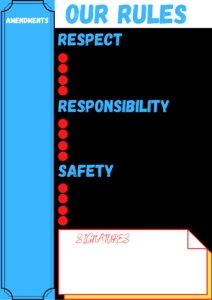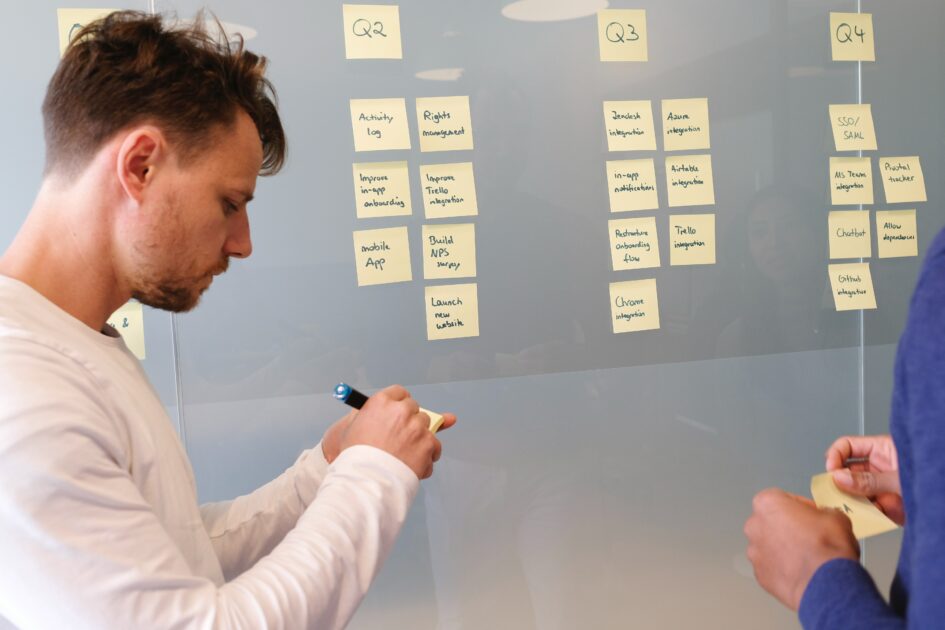In this post, I aim to outline my programs/activities/strategies that I plan to put into place to support students and anticipate and prevent misbehaviour.
The first act I will proceed with to anticipate and minimize misbehaviours is to foster a strong sense of community in the classroom. By establishing a community where everyone feels a sense of belonging and purpose, I hope to address problem behaviours in this manner preemptively. A large part of building the classroom community that I envision is inclusion.
“The inclusion of children with disabilities in general education classes provides an opportunity for teachers to identify classroom management policies and practices that promote diversity and community. Community building management strategies that facilitate friendships, collaboration, parent involvement, and address challenging behaviours in a positive, proactive, and educate of matter are consistent with the goals of inclusive education. In addition, in order to develop a truly inclusive School Community, Management policies and practices that are inconsistent with inclusive education, such as exclusionary discipline yes, need to be addressed by teachers and administrators.”
Soodak, 2003
This quote was from the first month of our class, and it summarizes my approach to classroom management/ behavioural issues. In my “School Newsletter” assignment, I outlined how I plan to communicate with parents frequently. By establishing clear communication lines and creating a personal relationship, I feel that parents will be more engaged in their child’s learning, which is a known factor in reducing problem behaviours. Furthermore, a strong relationship with the greater community (which includes families) will help remediate conflicts and discipline measures.
I have outlined how I plan to include students in establishing expectations and procedures. In addition to including students in these aspects of classroom planning, I will also include students in establishing classroom rules. Our rules’ guiding principles will be the same as our expectations: respect, responsibility, and Safety. I plan to make subheadings underneath the RRS heading for our posted rules.

As you can see on my poster, I plan to have amendments sections and a signature box. By providing a place for amendments, I aim to express how communities are evolving and fluid. Conjointly, the governing structures must follow the same principles. Additionally, by having students sign the rules that they contributed to creating, I hope to foster a sense of accountability and autonomy.
A teacher can choose from thousands of approaches and programs as classroom management strategies to employ, which work to anticipate and prevent behavioural issues; below is a list of some of my favourites.
- NVC
- Play-based learning
- Inquiry-based learning
- Roots of empathy
- Self-regulated learning
- Collaborative learning
- Self-study
- Outdoor education
- Culturally responsive practice
- Morning meetings
- Share circles
- Extra-curricular opportunities
- Storytelling
- Gamification
- Game-based learning
From this list, I feel that scientific inquiry-based learning is a critical component of classroom management to reduce behavioural issues. It is widely accepted that student engagement and fulfillment are vital factors in reducing problem behaviours. Through inquiry-based learning, student engagement and fulfillment are increased, which in turn aids classroom management. Therefore I plan to implement many inquiry-based learning opportunities for students. Below is a video that shows how inquiry-based learning may look in the classroom.

Leave a Reply